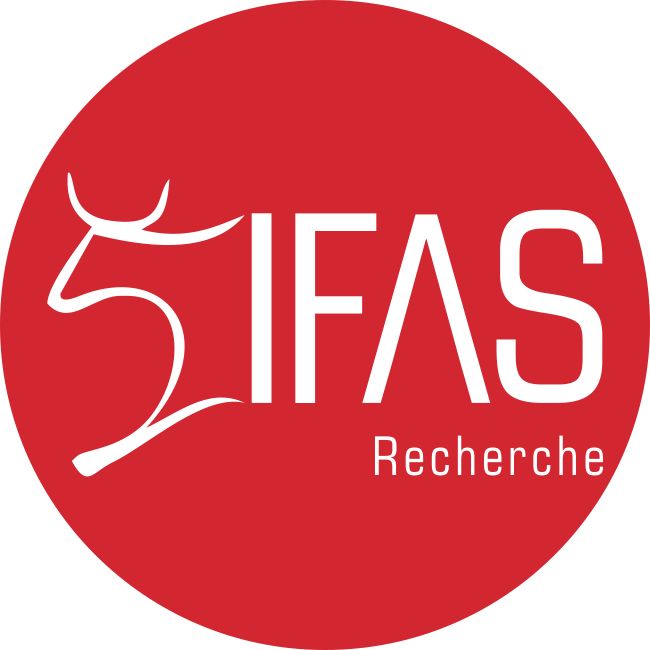Compact city strategies for Johannesburg
Faces of the City Seminar Series
Tuesday, 11 March 2014
16h00 – 18h00
First Floor Seminar Room, John Moffat Building, Wits East Campus
Prof Serge Salat
(President: Urban Morphology and Complex Systems Institute, Paris, France)
Abstract:
Compactness is an important attribute of the most sustainable cities. Compact cities are not only dense cities. They display a high intensity of development (high intensity of inhabitants, jobs, activities and interactions), high social, economic and functional diversity on the neighborhood and block scale, and high accessibility to daily services and amenities such as healthcare, education, shops, cultural facilities and green spaces.
Analyzing Johannesburg with complexity theory and urban morphology tools and methods reveals a series of structural inefficiencies. The analysis of the spatial distribution of urban density shows a lack of articulation of density in the metropolis. Built density and human density are low and homogenously diluted (high “entropy”) instead of being sharply articulated (high “hierarchy”) around transit infrastructures. The analysis of Johannesburg’s street networks, based on graph theory, shows that the network disconnects the city instead of integrating it, and that it is dedicated to individual cars instead of being dedicated to producing livable and sustainable urban environments for human beings. The dysfunctional distribution of density and the structure of the street network have serious consequences: very high infrastructure costs per capita up to 6 times higher than in compact cities (for streets, water and waste water networks), low economic productivity, issues of social inclusiveness related to car dependency and low resilience to energy prices, and high energy and carbon intensity (per capita and per unit of GDP).
The second part of the presentation will be dedicated to presenting compact city strategies for Johannesburg and policy recommendations. These strategies and recommendations rest upon urban intensification in the very close vicinity of transit hubs instead of urban sprawl or linear densification along transit corridors. They aim at creating intense, fine grain, mixed use, socially inclusive, highly walkable and accessible urban environments.
Prof Serge Salat is an architect, a graduate of the École Polytechnique and the ENA. He also earned one PhD in economics and one in art history from EHESS. He is the founding director of the Urban Morphology Laboratory. Serge Salat is the author of more than 20 books on art and architecture.
He has been a practicing architect and the project director of large infrastructure projects such as international airports and TGV train stations. Presently Director of the Urban Morphology Laboratory in Paris, he is grouping the research efforts on sustainable forms and metabolisms of cities of main French National Research Centers such as CSTB (The French Center for Building Science), Universities, engineering schools, and urban planning agencies in the field of energy, carbon and economic efficiency of urban forms. He is the author of two major books on urban morphology, as well as numerous publications and communications. He is a member of the editorial board of several major international scientific journals.
